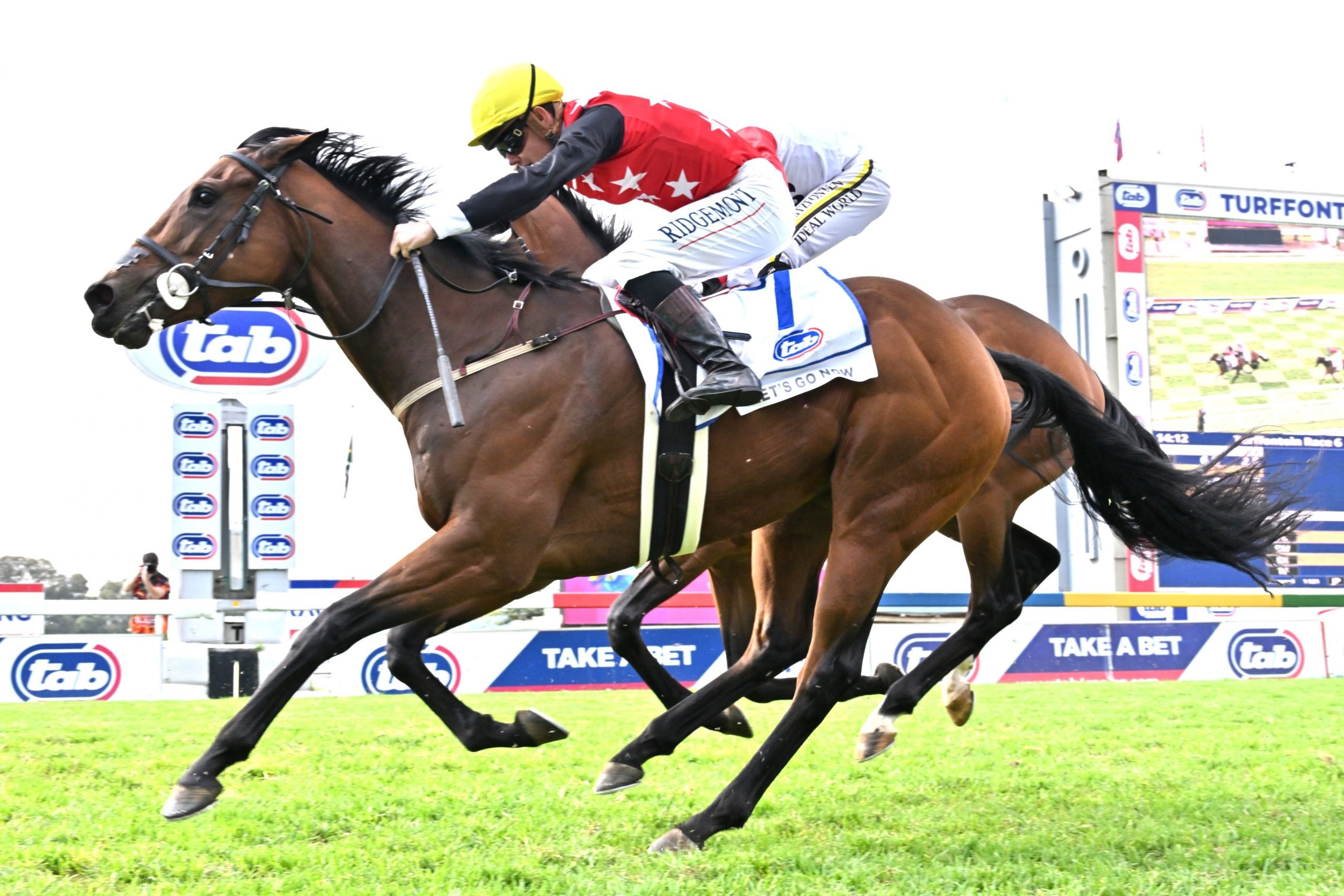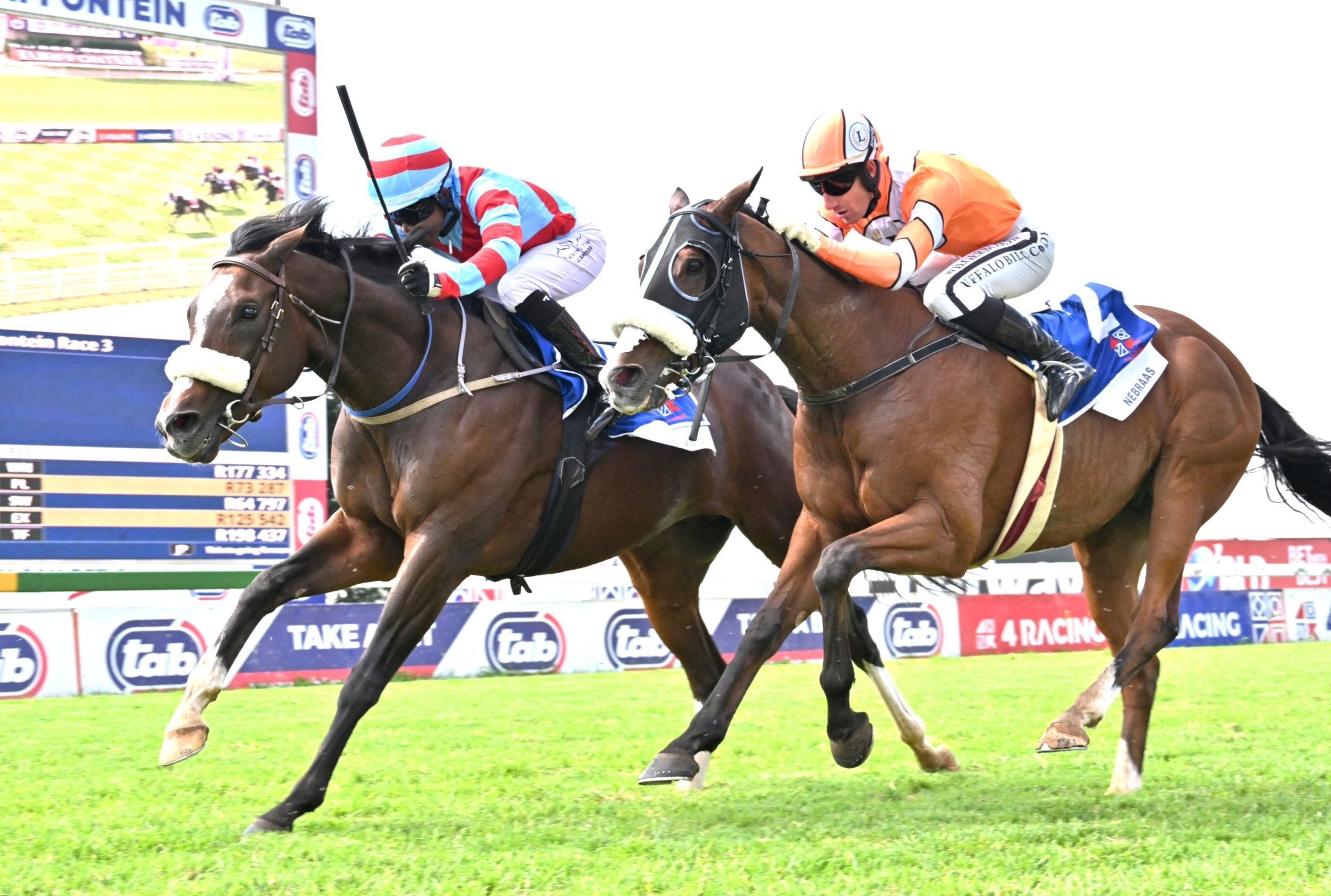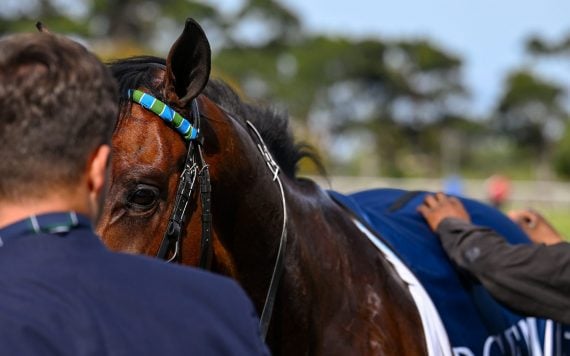
Mike de Kock – giving credit where it’s due
I note with interest that comment has been levelled at the merit rating of 127 (from 112) given to our three-year-old colt Mount Pleasant, the winner of last week’s Gr2 Joburg Spring Challenge, writes Mike de Kock.
I believe, in this case, that the handicapper’s assessment is spot-on.
We as trainers go into weight-for-age races with our eyes open, knowing that if a runner finishes close to the higher-rated horses or beats them, we can expect a significant penalty.
Last week I had it at the back of my mind that Mount Pleasant could beat the top-rated Cirillo (MR127) and Chimichuri Run (126), but I knew he’d be penalised if he did so.
Anyone who bemoans a penalty after a weight-for-age event knowing that they were competing against higher rated older horses, doesn’t understand how weight-for-age or merit rating works.
Mount Pleasant is a genuine weight for age horse, he’ll be running in the classics and the WFA events and will probably be a top miler. He is not a handicapper.
Some trainers and commentators battle to differentiate between weight-for-age horses and handicappers. This is sometimes due to the programme and unfortunately the Durban July is a race that seems to cloud judgement – many evaluate ratings with the July in mind.
Generally, in weight-for-age races, the handicapper gets it right, and we as trainers go into these races knowing what to expect.
The upside to the higher ratings is that, if you have an entire or a filly, its paddock value goes up along with its rating.
It’s a simple fact that breeders are inclined to support higher-rated, better performed horses, and the progeny of higher-rated fillies attract the best prices, especially if they’re well conformed.
As a big buyer myself, when assessing pedigrees, I take serious cognisance of weight-for-age performances as opposed to handicaps.
- www.mikedekockracing.com








